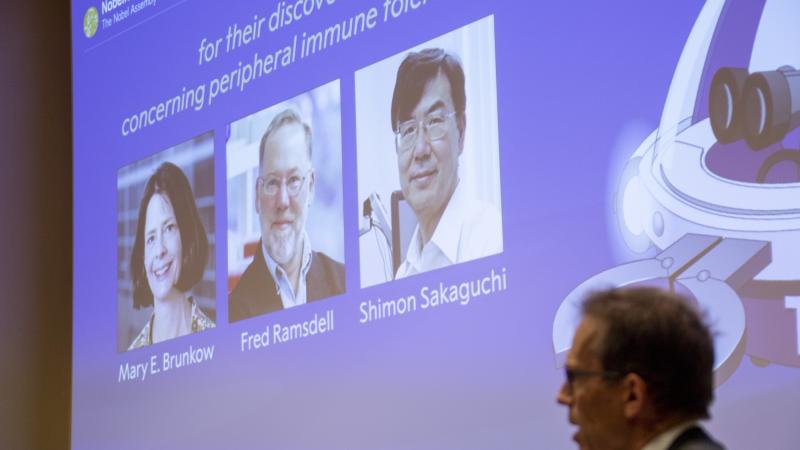Tattoos of the future can help monitor health
A new study has developed a temporary tattoo that can monitor one's health. The device work with regular household items: a paper and pencil.
Tattoos aren’t just for self expression anymore.
Researchers at the University of Missouri have developed an affordable, temporary tattoo used to monitor sleep patterns and improve overall health.
The study, published Monday in the Proceedings of the National Academy of Sciences, found that the energy created from dragging pencil lead across paper could be enough to power a biomedical monitor.
“For example, if a person has a sleep issue, we could draw a biomedical device that could help monitor that person’s sleep levels,” said assistant professor Zheng Yan at Mizzou’s College of Engineering. “Or in the classroom, a teacher could engage students by incorporating the creation of a wearable device using pencils and paper into a lesson plan. Furthermore, this low-cost, easily customizable approach could allow scientists to conduct research at home, such as during a pandemic.”
Yan discovered that current on-skin monitors contain two components: the medical device tracking one’s health and an apparatus--usually plastic--used to keep it on the skin. These personal machines can often be costly.
“The conventional approach for developing an on-skin biomedical electronic device is usually complex and often expensive to produce,” Yan said in a news release. “In contrast, our approach is low-cost and very simple. We can make a similar device using widely available pencils and paper.”
Pencil lead is usually made from graphite, clay and wax. The research team found lead containing more than 90 percent graphite creates enough energy from friction for biomedical purposes. More specifically, 93 percent graphite lead works most effectively.
People can apply the temporary tattoo to the skin using a skin-safe adhesive, according to the release. Once the tattoo has been used, it can be dissolved in water, eliminating waste, unlike other on-skin health monitors.
The research team said the device will be tested further, including monitoring electrophysiological, temperature and biochemical sensors
The Facts Inside Our Reporter's Notebook
- University of Missouri study press release:















